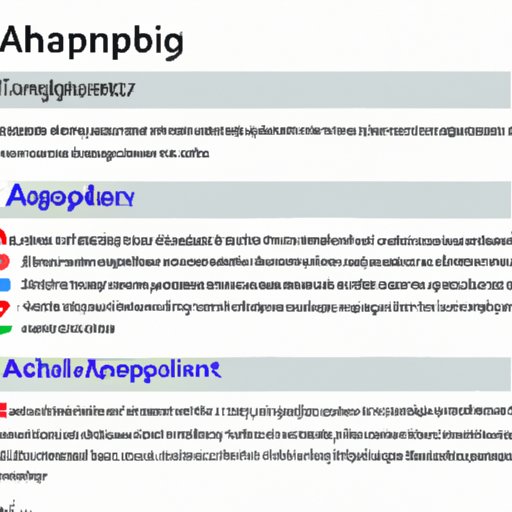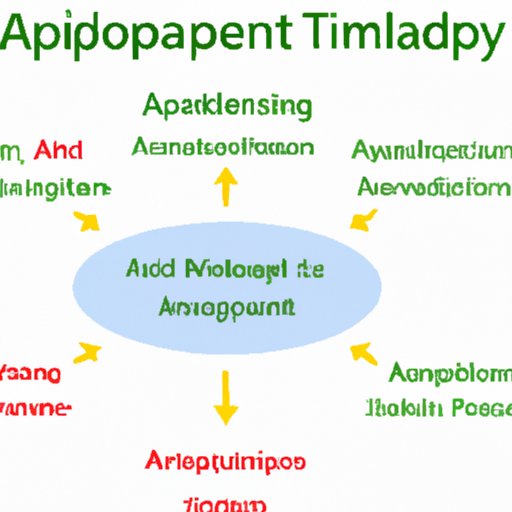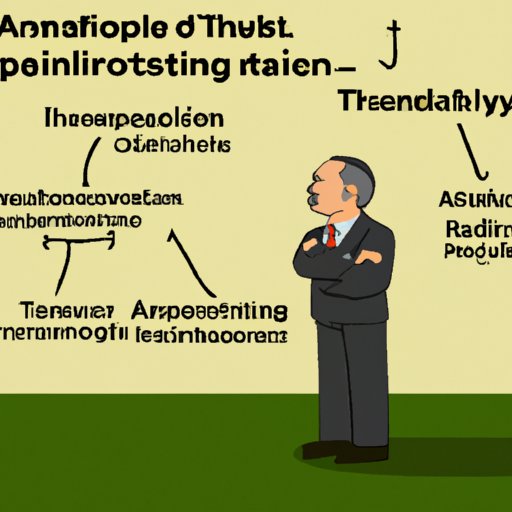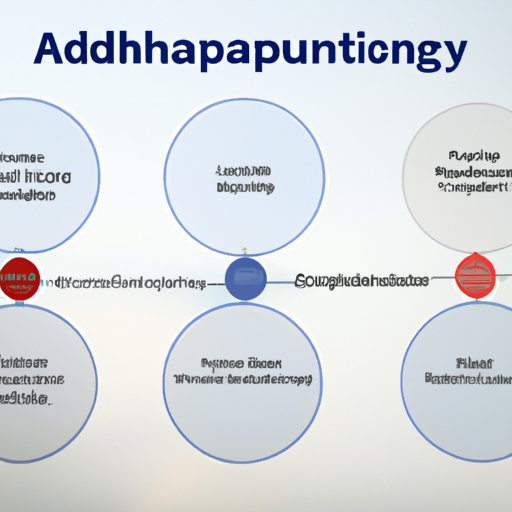Introduction
Leadership is an ever-evolving practice, requiring a flexible and innovative approach. Adaptive leadership theory is one such approach that has been gaining traction in recent years. This article will explore the definition and principles of adaptive leadership theory, how to apply it in practice, how it compares to other leadership theories, examples of successful adaptive leadership, and its potential future impacts.

Definition and Principles of Adaptive Leadership Theory
Adaptive leadership theory was developed by Ronald Heifetz and Marty Linsky in their 2002 book “Leadership on the Line”. It is an approach to leadership that focuses on helping organizations face and overcome difficult challenges. According to Heifetz and Linsky, “The challenge of adaptive leadership is to mobilize people to tackle tough problems in a way that both generates short-term results and builds long-term capacity.”
Adaptive leadership theory is based on three key principles: first, it emphasizes the importance of addressing the root cause of problems rather than the symptoms; second, it encourages leaders to be proactive in the face of change; and third, it promotes collaboration between all stakeholders when tackling complex issues.

Applying Adaptive Leadership Theory in Practice
In order to effectively apply adaptive leadership theory, leaders must adopt certain best practices. These include developing a deep understanding of the organization’s context and needs, engaging all stakeholders in problem-solving processes, and creating a shared vision for the future. Additionally, leaders should focus on building capacity within their teams and encouraging creativity and innovation.
By applying the principles of adaptive leadership theory, leaders can reap numerous benefits. These include increased engagement and motivation from team members, improved communication and collaboration, and greater resilience in the face of change. Additionally, adaptive leaders are better equipped to create a culture of learning and growth in their organizations.
Comparing Adaptive Leadership Theory to Other Leadership Theories
The most notable difference between adaptive leadership theory and traditional leadership models is the emphasis on proactivity. Traditional leadership models focus on maintaining the status quo, while adaptive leadership theory encourages leaders to embrace change and foster innovation. Additionally, traditional leadership models tend to emphasize individual achievement, while adaptive leadership theory promotes collaboration and teamwork.
It is important to consider both the advantages and disadvantages of each approach. Traditional leadership models offer a more structured approach, making them simpler to implement and less risky. However, they can lead to stagnation and lack of innovation. On the other hand, adaptive leadership theory encourages creativity and risk-taking, but can be more difficult to manage and may yield unpredictable results.
Examining Examples of Successful Adaptive Leadership
There are numerous examples of successful adaptive leadership in practice. For instance, Microsoft CEO Satya Nadella used adaptive leadership strategies to turn around the company’s fortunes. By focusing on cloud computing, he was able to move the company away from its reliance on Windows software and into the rapidly growing technology sector. Additionally, Southwest Airlines has successfully implemented adaptive leadership strategies, which have allowed the company to remain profitable despite the turbulent airline industry.
These case studies demonstrate the potential of adaptive leadership theory. In both cases, leaders were able to identify opportunities for growth and make bold decisions to capitalize on them. As a result, both companies experienced increased profits and enhanced customer loyalty.

Considering the Future of Adaptive Leadership Theory
As the world becomes increasingly complex and unpredictable, adaptive leadership theory will become even more important. Leaders will need to be able to quickly identify and respond to new challenges, and adaptive leadership strategies will be essential for success. Additionally, advances in technology will create new opportunities for adaptive leaders to leverage data and analytics to make more informed decisions.
However, there are also challenges associated with adaptive leadership. It can be difficult to maintain organizational stability and consistency in the face of rapid change, and leaders must be careful not to take on too much risk. Additionally, if not managed properly, adaptive leadership can lead to chaos and confusion.
Conclusion
In conclusion, adaptive leadership theory is an innovative approach to leadership that focuses on addressing the root cause of problems and embracing change. It offers numerous benefits, including increased engagement and motivation from team members, improved communication and collaboration, and greater resilience in the face of change. Additionally, it can be used to capitalize on new opportunities created by advances in technology. While there are challenges associated with this approach, the potential rewards make it worth considering for any leader looking to build a successful and resilient organization.
(Note: Is this article not meeting your expectations? Do you have knowledge or insights to share? Unlock new opportunities and expand your reach by joining our authors team. Click Registration to join us and share your expertise with our readers.)
